Muscovy (wild)
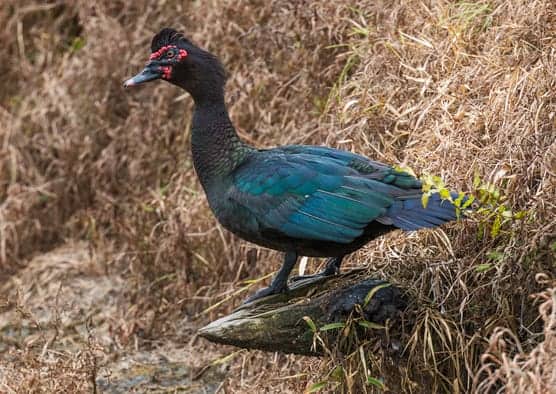
A bird of the New World, the wild Muscovy has a large range, extending from tropical Mexico all the way to northern Argentina.
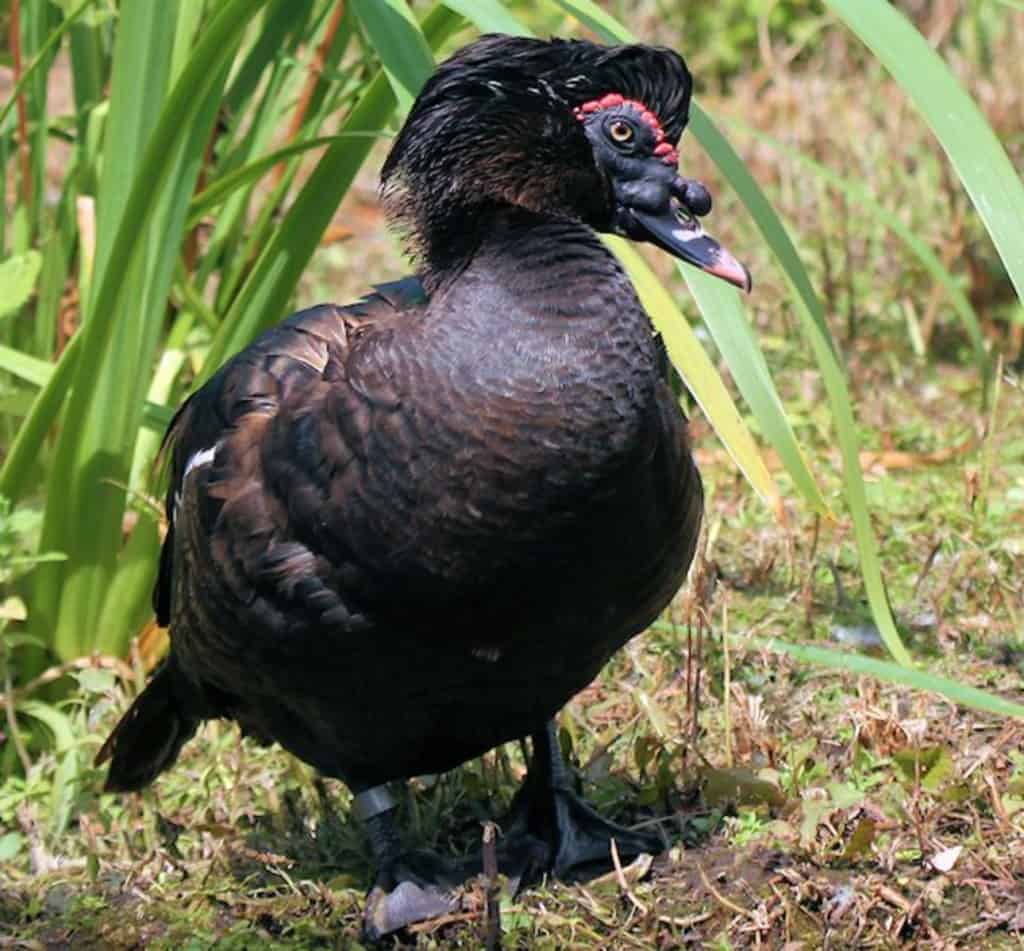
Cairina moschata
Smaller than their domestic descendants, wild Muscovy are shy and favour remote areas with water. Often roosting in trees at night, the Muscovy will exploit grassland and farm crops close to their preferred habitat.
Feeding mainly on plant material, small fish, amphibians, reptiles, crustaceans and insects, drakes often fight over food, territory or mates. Ducks are marginally less quarrelsome.
Drakes are considerably larger than the ducks, almost twice the size.
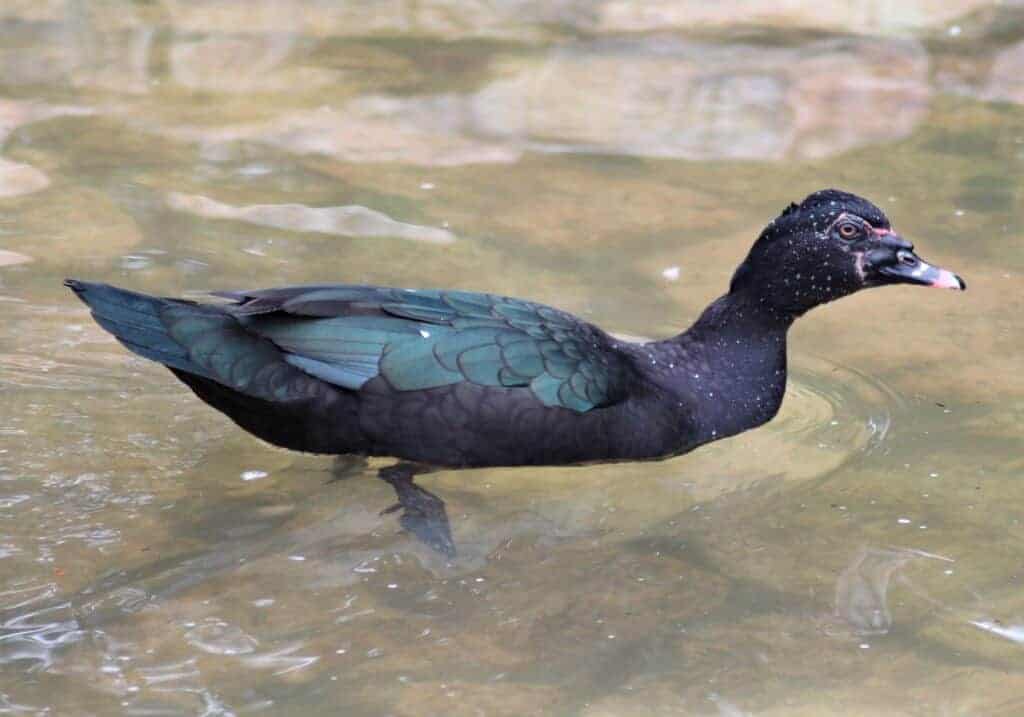
The wild plumage is a dark iridescent green with bold white wing patches, the fleshy caruncles are black and red. Selective breeding has produced great variation in plumage. The caruncles particularly have become more exaggerated in domestic birds.
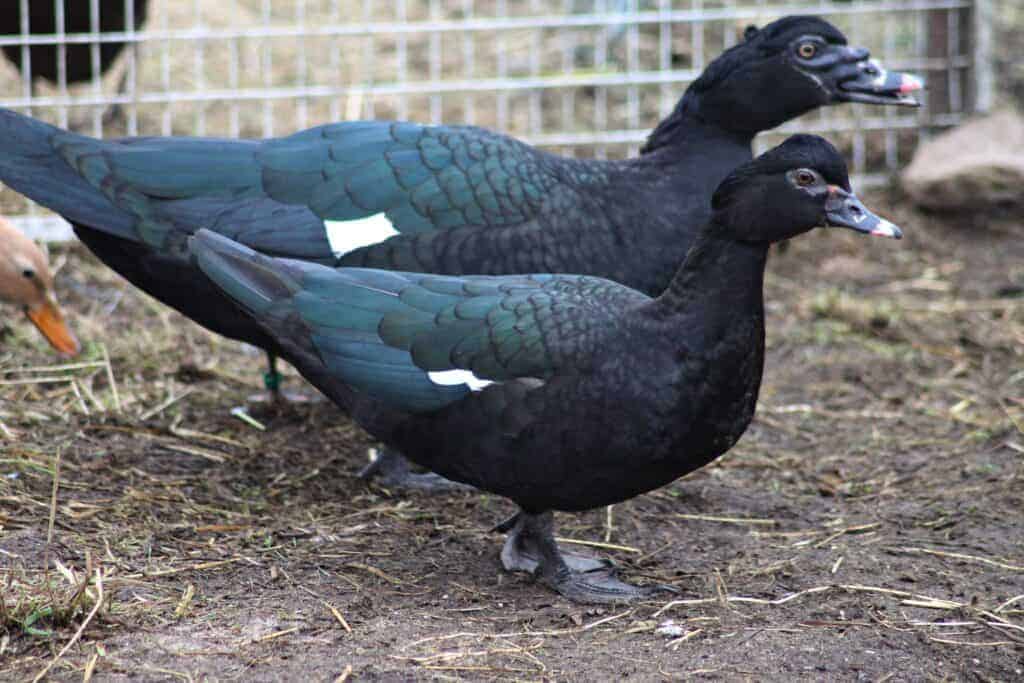
Aztec rulers wore cloaks made from the feathers of the Muscovy, which was considered the totem animal of the Wind God, Ehecatl. When the early Spanish explorers arrived in the New World, the people of Peru and Paraguay had already domesticated the Muscovy. Domesticated birds were brought back to Europe in the 1500s.
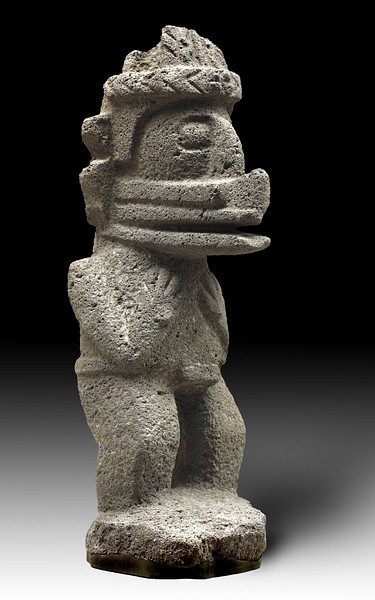
Clutch size is 8–16, usually laid in a tree hole or hollow. In aviculture, they will take to nest boxes. Incubation is relatively long, at 35 days.
The duck takes on the defence of the nest and raises the ducklings herself. The parenting skills of the Muscovy are prized; domestic birds are often used as ‘broodies’ for incubating other waterfowl eggs.
Share this page